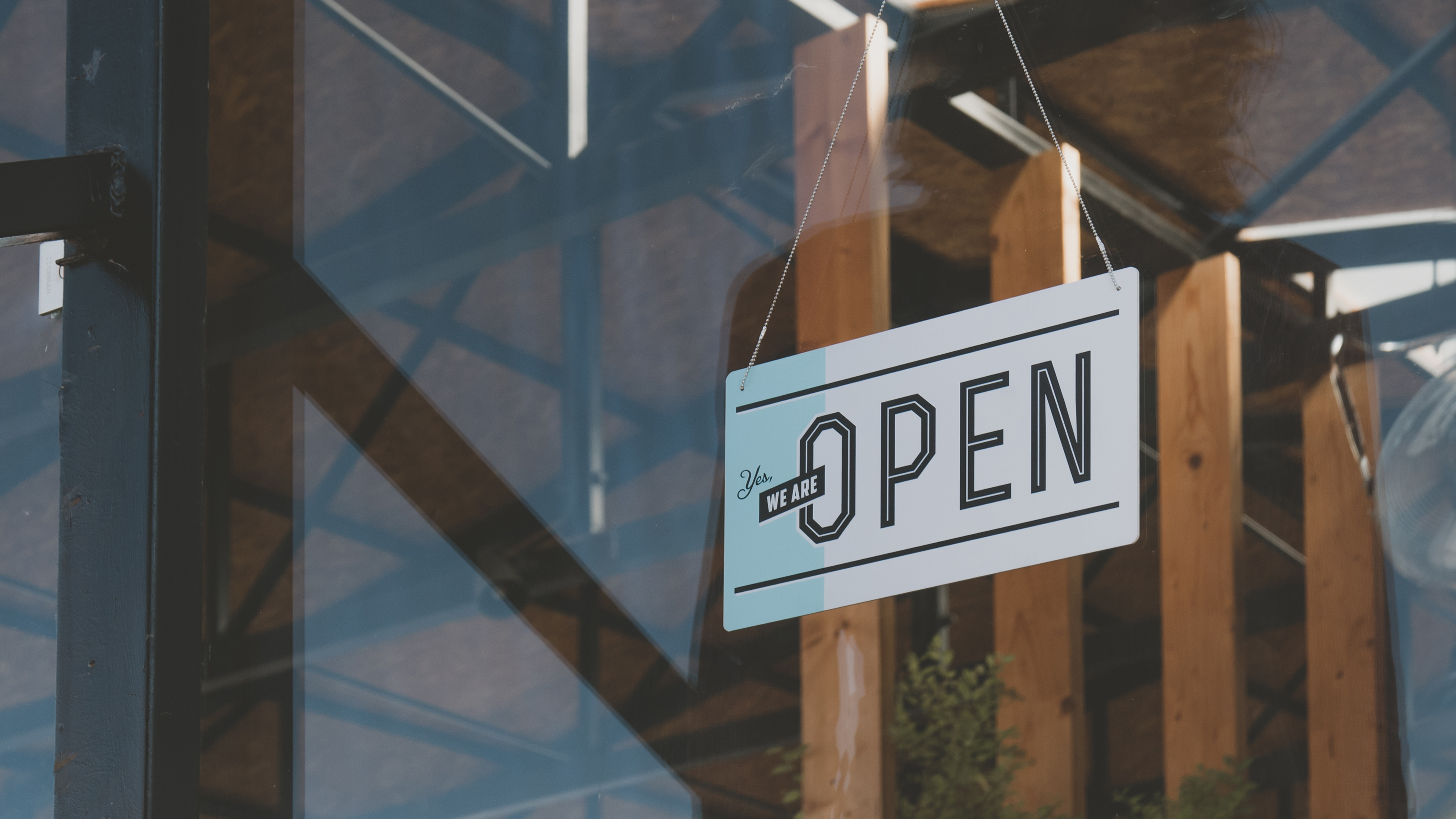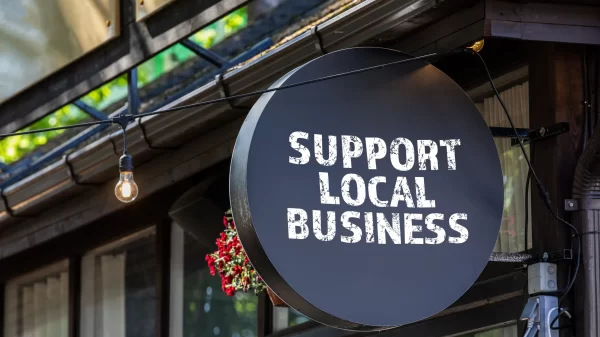NFIB’s Small Business Optimism Index decreased 0.6 of a point in August to 91.3, the 20th consecutive month below the 49-year average of 98. Twenty-three percent of small business owners reported that inflation was their single most important business problem, up two points from last month. The net percent of owners raising average selling prices increased two points to a net 27 percent (seasonally adjusted), still at an inflationary level.
“With small business owners’ views about future sales growth and business conditions discouraging, owners want to hire and make money now from strong consumer spending,” said NFIB Chief Economist Bill Dunkelberg. “Inflation and the worker shortage continue to be the biggest obstacles for Main Street.”
State-specific data is unavailable, but NFIB State Director Rosemary Elebash said, “Our small business members are trying not to raise prices, but it’s hard. Inflation and a tight labor market mean they’re paying more for everything from raw materials to office supplies to wages.”
Key findings of the national survey include:
- Small business owners expecting better business conditions over the next six months deteriorated seven points from July to a net negative 37 percent, however, 24 percentage points better than last June’s reading of a net negative 61 percent but still at recession levels.
- Forty percent of owners reported job openings that were hard to fill, down two points from July but remain historically high.
- The net percent of owners who expect real sales to be higher decreased two points from July to a net negative 14 percent.
As reported in NFIB’s monthly jobs report, 40 percent (seasonally adjusted) of all owners reported job openings they could not fill in the current period. Owners’ plans to fill open positions remain elevated, with a seasonally adjusted net 17 percent planning to create new jobs in the next three months.
Fifty-six percent reported capital outlays in the last six months, up one point from July. Of those making expenditures, 37 percent reported spending on new equipment, 24 percent acquired vehicles, and 17 percent improved or expanded facilities. Eleven percent spent money on new fixtures and furniture and 4 percent acquired new buildings or land for expansion. Twenty-four percent of owners plan capital outlays in the next few months, down three points from July.
A net negative 14 percent of all owners (seasonally adjusted) reported higher nominal sales in the past three months, the lowest reading since August 2020. The net percent of owners expecting higher real sales volumes declined two points to a net negative 14 percent.
The net percent of owners reporting inventory gains declined four points to a net negative 7 percent. Not seasonally adjusted, 11 percent reported increases in stocks and 16 percent reported reductions. A net negative 5 percent of owners viewed current inventory stocks as “too low” in August, down one point from July. By industry, shortages are the most frequent in retail (9 percent), finance (7 percent), manufacturing (7 percent), and services (7 percent). Zero percent of owners plan inventory investments in the coming months, up two points from July.
The net percent of owners raising average selling prices increased two points from July to a net 27 percent (seasonally adjusted). Twenty-three percent of owners reported that inflation was their single most important problem in operating their business, up two points.
Unadjusted, 12 percent reported lower average selling prices and 38 percent reported higher average prices. Price hikes were the most frequent in finance (52 percent higher, 7 percent lower), construction (51 percent higher, 6 percent lower), retail (45 percent higher, 11 percent lower), and wholesale (36 percent higher, 20 percent lower). Seasonally adjusted, a net 30 percent plan price hikes.
Seasonally adjusted, a net 36 percent reported raising compensation, down two points from July. A net 26 percent of owners plan to raise compensation in the next three months, up five points.
Eight percent of owners cited labor costs as their top business problem, down two points from July. Twenty-four percent said that labor quality was their top business problem.
The frequency of reports of positive profit trends was a net negative 25 percent, up five points. Among owners reporting lower profits, 28 percent blamed weaker sales, 24 percent blamed the rise in the cost of materials, 15 percent cited labor costs, 10 percent cited lower prices, 5 percent cited the usual seasonal change, and 3 percent cited higher taxes or regulatory costs. For owners reporting higher profits, 45 percent credited sales volumes, 29 percent cited usual seasonal change, and 12 percent cited higher selling prices.
Two percent of owners reported that all their borrowing needs were not satisfied. Twenty-seven percent reported all credit needs met and 59 percent said they were not interested in a loan. A net 4 percent reported their last loan was harder to get than in previous attempts.
Two percent of owners reported that financing was their top business problem. A net 24 percent of owners reported paying a higher rate on their most recent loan.
The NFIB Research Center has collected Small Business Economic Trends data with quarterly surveys since the fourth quarter of 1973 and monthly surveys since 1986. Survey respondents are randomly drawn from NFIB’s membership. The report is released on the second Tuesday of each month. This survey was conducted in August 2023.

















































